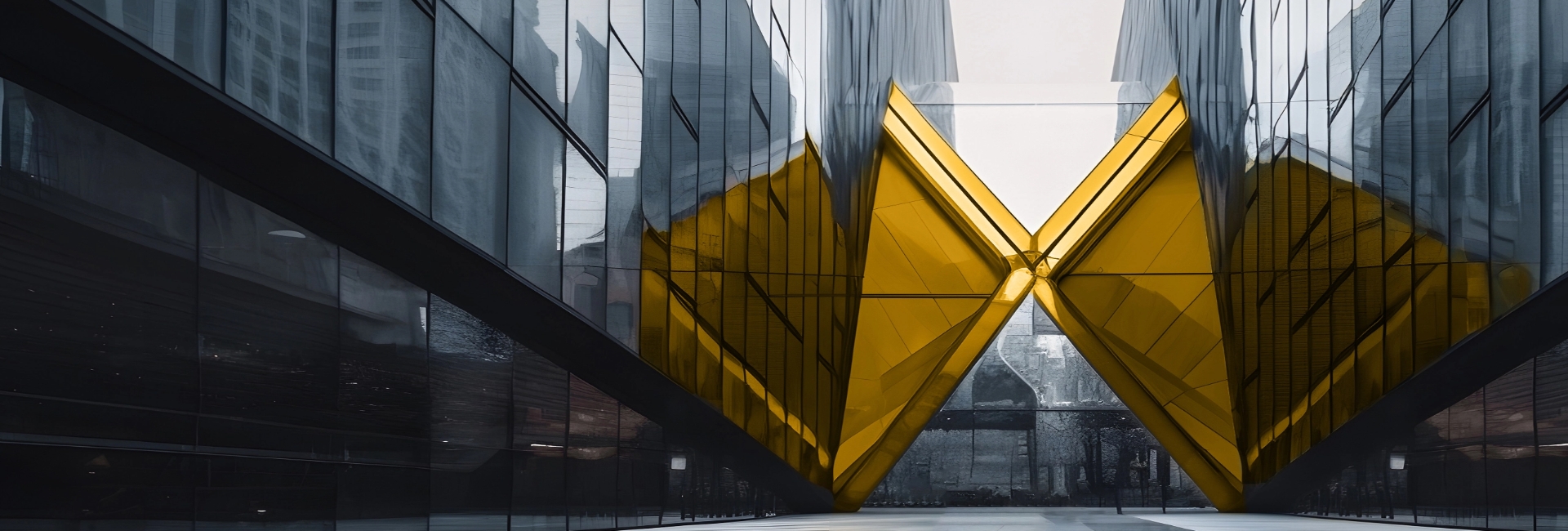Obecnie we wszystkich obszarach budownictwa infrastrukturalnego stosuje się technologię żelbetową. Żelbetowe konstrukcje to połączenie stali i betonu. Bez tego materiału trudno sobie wyobrazić współczesne budownictwo, szczególnie, że połączenie stali i betonu pozwala na optymalne wykorzystanie najlepszych zalet obu materiałów.
Ale czy na pewno? O ile beton w takich konstrukcjach przejmuje duże naprężenia ściskające, a stal zbrojeniowa duże naprężenia rozciągające, to słabym punktem tego typu konstrukcji jest właśnie stal, która pod wpływem szkodliwych zanieczyszczeń lub karbonalizacji betonu ulega korozji. Korozja stali jest procesem niemal nieuniknionym. Powstające punkty korozji są przyczyną powstawania naprężeń, spękań i odprysków fragmentów betonowej otuliny, odsłaniając całkowicie metalowe zbrojenie. Korozja zbrojenia stalowego powoduje obniżenie wytrzymałości konstrukcji, a w konsekwencji jej zniszczenie.
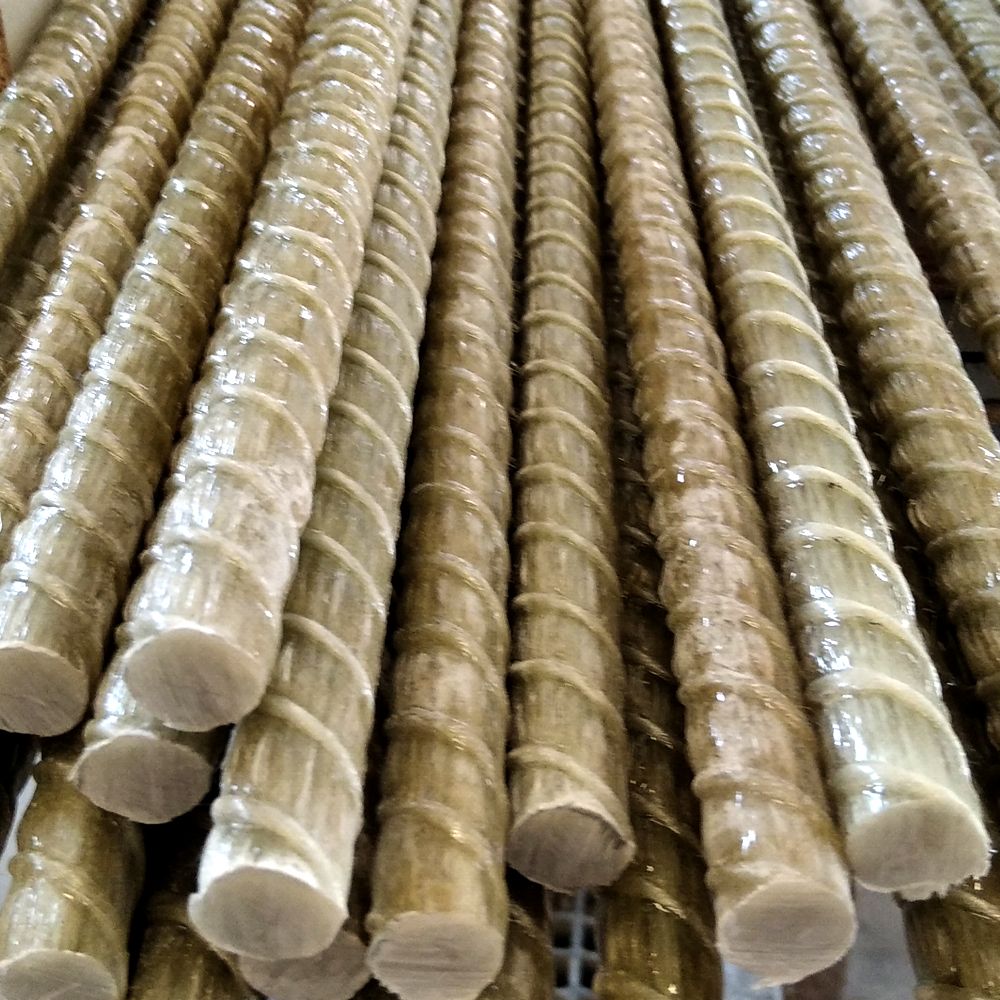

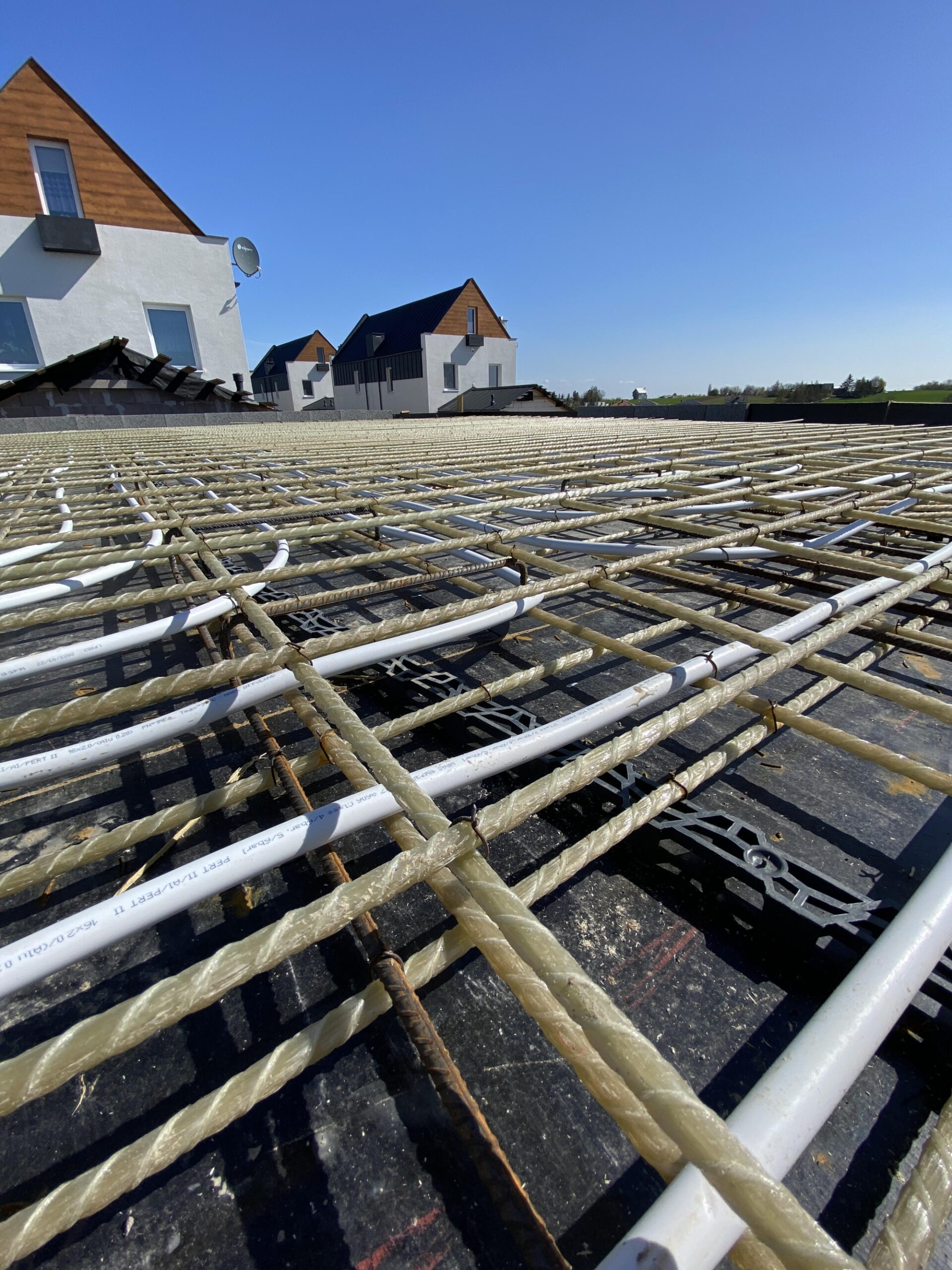
Alternatywą dla klasycznej stali są pręty zbrojeniowe z włókna szklanego, które stanowią znakomity zamiennik mający szerokie zastosowanie w technice zbrojeniowej, jak również w innych powiązanych sektorach konstrukcyjnych. Nie trzeba już stosować ochrony antykorozyjnej stali, ani też pokrywać stalowych prętów zbrojeniowych epoksydem, które jest bardzo kosztowne i przynosi straty inwestycyjne, wystarczy zastosować do zbrojenia pręty z kompozytów. Koszt takiego zbrojenia będzie niższy.
Pręty do zbrojenia betonu wykonane z kompozytów to alternatywa dla tradycyjnego zbrojenia betonu z prętów stalowych. Jest to nowa, innowacyjna technologia, bardziej ekonomiczna ponieważ nie wymaga po dłuższym czasie kosztownych konserwacji i napraw jak konstrukcje żelbetowe
Zalety i korzyści
Korzyści płynące z zastosowania prętów do zbrojenia betonu wykonanych z kompozytów na bazie żywic epoksydowych oraz włókien szklanych i bazaltowych:
Ze względu na całkowicie zautomatyzowany system produkcji pręty z kompozytów TROKOTEX są TAŃSZE niż stal.
Oszczędności Inwestora po zakupie prętów zbrojeniowych GFRP (Glass Fibre Reinforced Polymer) mogą osiągać nawet 50% wydatków związanych z wykonaniem prac zbrojeniowych oraz innych na obiekcie budowlanym..
Brak konserwacji
Lżejsze 9-krotnie od stali
od 30% tańsze niż stal
Wytrzymalsze 3-krotnie
.
Produkty
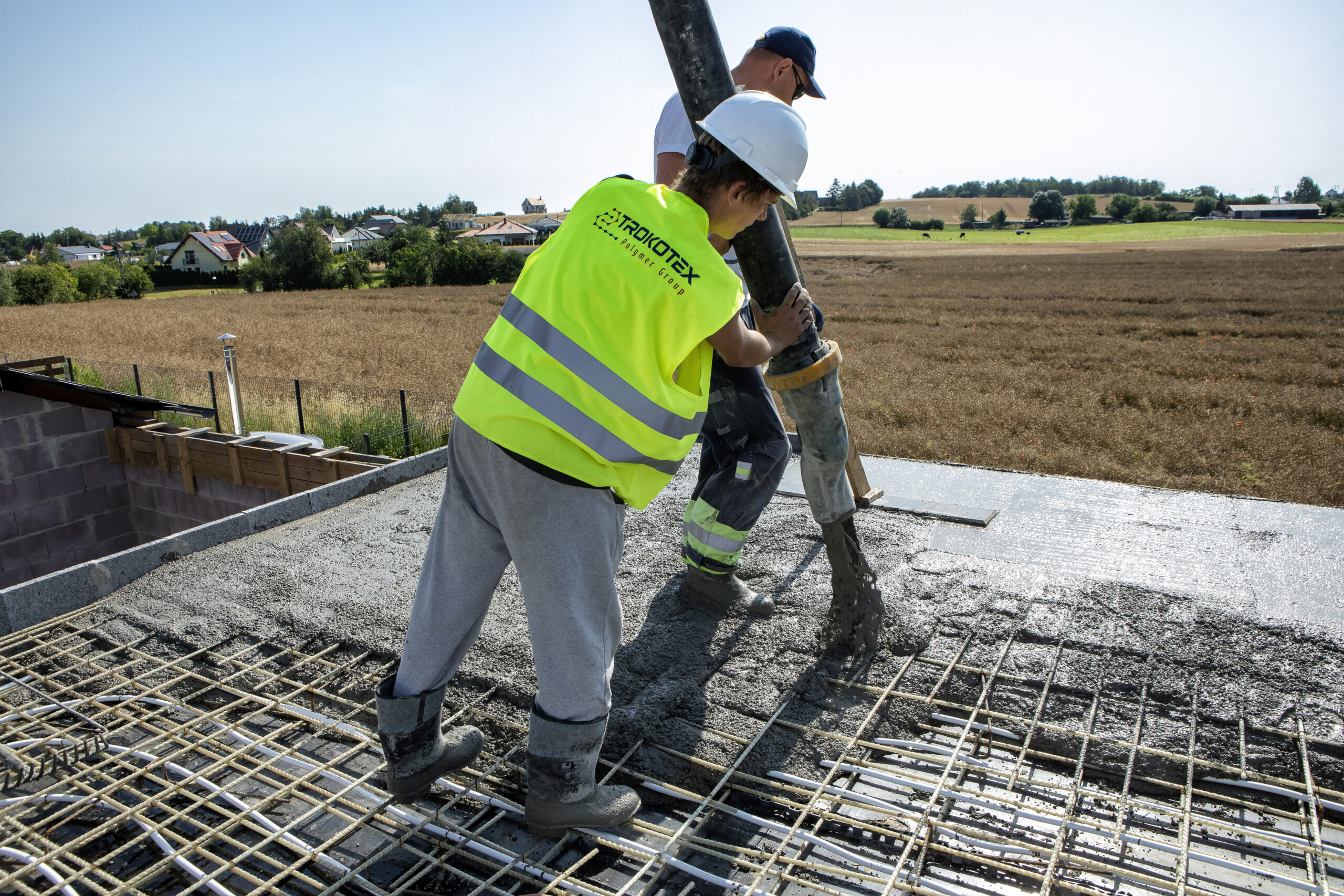
Pręty kompozytowe
Zbrojenie niemetaliczne jest całkowicie odporne na korozję i nie wywołuje niszczenia betonu.
Zastosowanie
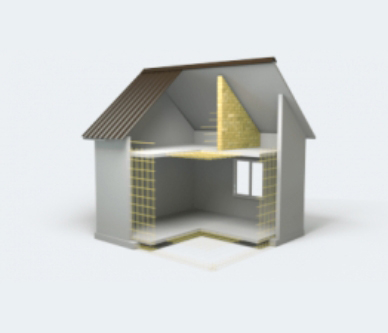
W budownictwie:
Tymczasowe konstrukcje inżynierskie: zbrojenie elementów tymczasowych z możliwością cięcia i wiercenia, które daje oszczędność czasu podczas prac demontażowych.
Budynki laboratoryjne i inne obiekty z wymaganiami ochrony przed interferencją fal magnetycznych, budynki wyposażone w urządzenia rezonansu magnetycznego, ośrodki badawczo-rozwojowe, stacje transformatorowe ze względu na obojętność elektromagnetyczną . . .
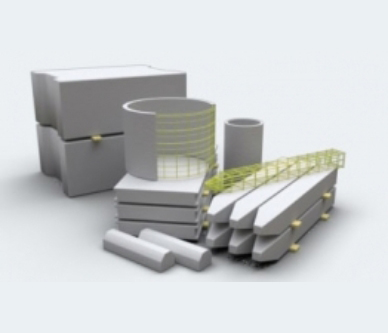
W żelbetowych elementach płytowych
Nakrywy włazów, krawężniki, nawierzchnie żelbetowe, obiekty stacji benzynowych, przejazdy kolejowe, osłony drogowe, nawierzchnie chodnikowe, cienkie panele elewacyjne, ekrany akustyczne, stopy prefabrykowane, elementy ścienne i stropowe, stopy parkingowe, inne płaskie elementy.
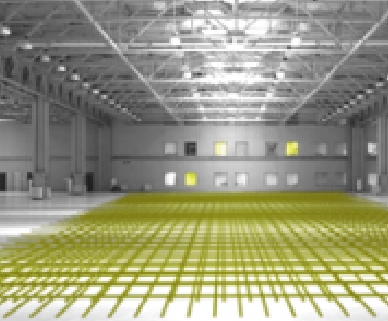
W żelbetowych elementach objętościowych
Silosy, osadniki,kanały ściekowe, rozlewnie gazu, warsztaty, hale naprawcze silników, zbiorniki na ścieki, zasobniki składowiskowe, cysterny osadnikowe, rezerwuary osadnikowe, spalarnie śmieci, przyczółki mostowe, podpory i fundamenty, podkłady kolejowe, podkłady rozjazdowe, bariery energochłonne, rury żelbetowe, belki teowe, ściany, dźwigary i rygle, belki wspornikowe, ramy portalowe, skrzynie żelbetowe, kontenery żelbetowe, elementy o zredukowanej otulinie
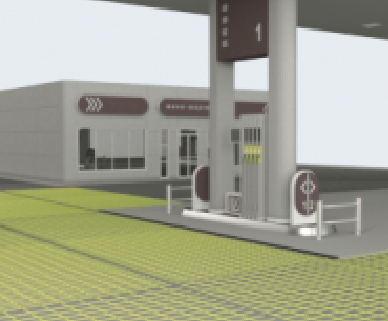
Fundamenty, pale, słupy
Elementy wspornikowe, połączenia balkonowe, węzły belek, węzły ram, segmenty tubingów, elementy torowisk kolei magnetycznej, hale prefabrykowane, hale wystawowe, hale produkcyjne, schody prefabrykowane, szyby windowe, garaże, płyty ścian piwniczny, kręgi żelbetowe, belki podsuwnicowe, konstrukcje nośne i wsporcze
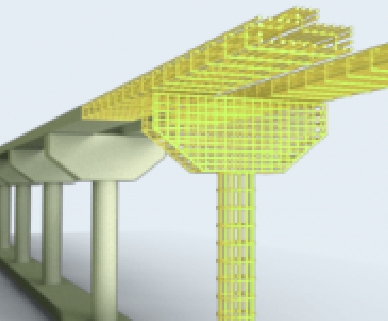
Budownictwo drogowe
Konstrukcje drogowe, obiekty mostowe, obiekty tunelowe, obiekty kolejowe, obiekty lotniskowe, kotwy wzmocnienia skał, ekrany akustyczne, rampy drogowe, pomosty drogowe
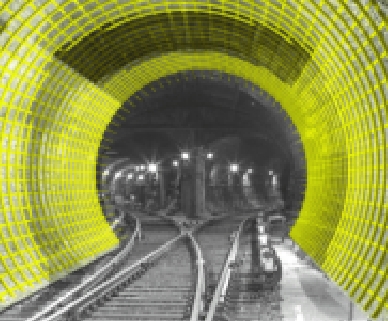
Specjalistyczne budownictwo inżynieryjne
Kompensatory odkształceń, głębokie fundamenty, ścianki szczelinowe, pale wwiercane, mikropale, fundamenty specjalne, membrany, fundamenty zbiorników, ściany oporowe, podpory portali tuneli, przejścia podziemne, stropy pośrednie w tunelach, konstrukcje geotechniczne, obudowy wykopów, ściany szczelne
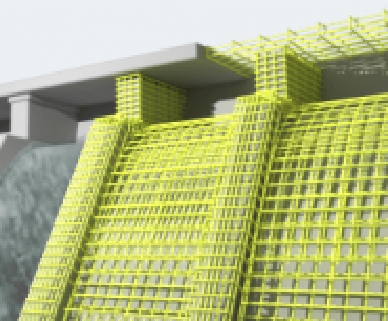
Inżynieria hydrotechniczna
Przewody wodociągowe, śluzy wodociągowe, falochrony, zapory przeciwzalewowe, zapory wodne, umocnienia brzegów rzek, jazy wodne, przystanie wodne, zapory przeciwpływowe, lądowiska, kesony żelbetowe, stabilizatory brzegowe, konstrukcje portowe, kanały żelbetowe
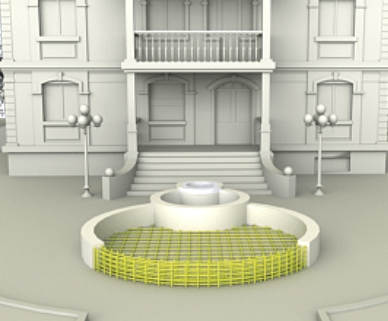
Ogrodnictwo
Infrastruktura ogrodowa, tunele foliowe, konstrukcje do podtrzymywania roślin, altany, pergole, tyczki ogrodowe, paliki do ogrodzeń elektrycznych, płotki dekoracyjne, słupki do ogrodzeń leśnych
Charakterystyka porównawcza
|
Charakterystyka porównawcza właściwości fizyko-chemicznych |
||||||||
|---|---|---|---|---|---|---|---|---|
|
Materiał |
Stal KL-AIII |
Włókno szklane przesycone |
Włókno bazaltowe przesycone |
|||||
|
Wytrzymałość |
500 |
1250 |
1450 |
|||||
|
Moduł sprężystości (MPa) |
200000 |
55000 |
78000 |
|||||
|
Podatność na odkształcenia |
sprężysto-plastyczne |
liniowo-sprężyste |
liniowo-sprężyste |
|||||
|
Współczynnik rozszerzalności |
26 |
2,2 |
2,2 |
|||||
|
Współczynnik przewodności |
46 |
0,35 |
0,35 |
|||||
|
Gęstość kg/m3 |
7880 |
1890 |
1900 |
|||||
|
Odporność na korozję |
Koroduje |
Całkowicie odporne na korozję |
Całkowicie odporne na korozję |
|||||
|
Przewodnictwo elektryczne |
Przewodzi |
Dielektryk |
Dielektryk |
|||||
|
Przewodnictwo cieplne |
Wysokie |
Niskie |
Niskie |
|||||
|
Produkowane średnice |
6 – 80 |
4 – 30 |
4 – 30 |
|||||
|
Długości handlowe |
PRĘTY PROSTE 6 I 12 MB |
Wg zamówienia |
Wg zamówienia |
|||||
|
Wpływ na zakłócenia fal elektromagnetycznych |
Zakłóca przepływ fal |
Transparentne dla fal elektromagnetycznych |
Transparentne dla fal elektromagnetycznych |
|||||
|
EKOLOGICZNOŚĆ |
Nieekologiczne |
Ekologiczne, |
Ekologiczne, |
|||||
|
TRWAŁOŚĆ |
Zgodne z normami budowlanymi |
Prognozowana trwałość |
Prognozowana trwałość |
|||||
Porównanie parametrów
|
Pręty metalowe stal KL – A III |
||||||||||||||
|---|---|---|---|---|---|---|---|---|---|---|---|---|---|---|
|
Średnica pręta (mm) |
6 |
8 |
10 |
12 |
14 |
16 |
18 |
20 |
22 |
25 |
28 |
32 |
||
|
Waga jednego mb. (g/1mb) |
222 |
395 |
617 |
888 |
1210 |
1580 |
2000 |
2470 |
2980 |
3850 |
4830 |
6310 |
||
|
Ilość metrów wychodzących z 1t |
4504 |
2532 |
1621 |
1126 |
828 |
633 |
500 |
405 |
336 |
260 |
207 |
158 |
||
|
Wytrzymałość na rozciąganie (N) |
9905 |
17605 |
27475 |
39585 |
53900 |
70350 |
88900 |
109900 |
133000 |
171850 |
215600 |
281400 |
||
|
Zamiennik pręty kompozytowe epoksydowe |
||||||||||||||
|---|---|---|---|---|---|---|---|---|---|---|---|---|---|---|
|
Średnica pręta (mm) |
4 |
6 |
7 |
8 |
10 |
11 |
12 |
14 |
16 |
18 |
20 |
22 |
||
|
Waga jednego mb. (g/1mb) |
33 |
58 |
73 |
90 |
135 |
181 |
231 |
286 |
362 |
470 |
598 |
728 |
||
|
Ilość metrów wychodzących z 1t |
30303 |
17241 |
13695 |
11111 |
7407 |
5524 |
4329 |
3496 |
2762 |
2127 |
1672 |
1373 |
||
|
Wytrzymałość na rozciąganie (N) |
10230 |
23120 |
31290 |
41320 |
63720 |
77138 |
93120 |
124880 |
162888 |
206980 |
254770 |
308355 |
||
Tolerancje wymiarowe
|
Tolerancje wymiarowe długości prętów dla wszystkich średnic |
|||
|---|---|---|---|
|
Długości handlowe |
Wartość |
Tolerancja |
Tolerancja |
|
Krąg dł. 100 mb. |
100 |
+ 0,5% |
– 0,5% |
|
Krąg dł. 50 mb. |
50 |
+ 0,5% |
– 0,5% |
|
Odcinki proste dł. 12 mb. |
12 |
+ 1,0% |
– 0,5% |
|
Odcinki proste dł. 6 mb. |
6 |
+ 1,0% |
– 0,5% |
|
Odcinki proste dł. 3 mb. |
3 |
+ 1,0% |
– 0,5% |
|
Odcinki proste dł. 2 mb. |
2 |
+ 1,0% |
– 0,5% |
|
Inne zgodnie ze specyfikacją zamówienia |
x |
+ 0,75% |
– 0,75% |
Zapytaj o ofertę
Lorem ipsum dolor sit amet, consetetur sadipscing elitr, sed diam nonumy eirmod
Zadzwoń
+48 728 540 370
Napisz
prety@en.trokotex.pl


